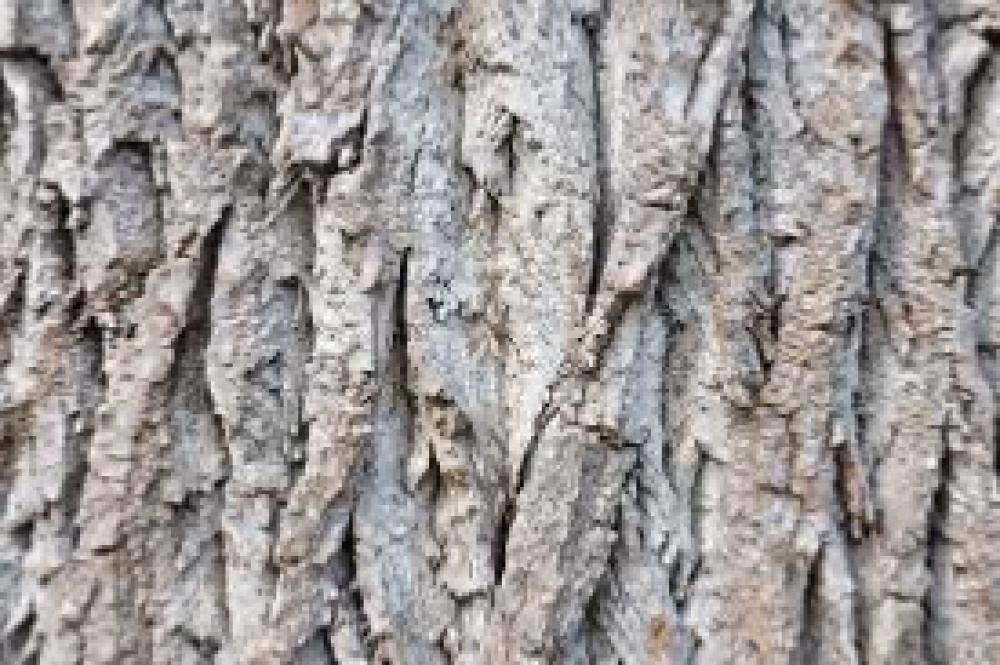Phloem is an essential part of vascular plants, acting as a protective layer and carrier of nutrients. This cortex consists of several layers of specialized cells, and plays a vital role in the life of the plant.
## Components of the bark cortex
### 1. Sieve cells
Also known as sieve tubes, they transport sugars produced by photosynthesis from leaves to other parts of the plant. These cells are usually nonliving when mature, but contain holes that facilitate the movement of substances.
### 2. Companion cells
They are located next to the sieve cells and help in transporting nutrients. These cells contain a nucleus and serve to maintain the function of the sieve cells.
### 3. Parenchyma cells
They are living cells that provide structural and functional support to the ethmoid tissue. It also contributes to the storage of nutrients.
### 4. Fiber
They provide structural support for tissues and are usually long, durable cells.
## Functions of the phloem cortex
1. **Transport of nutrients**: The phloem transports sugars and other nutrients from the leaves, where they are produced, to the rest of the plant.
2. **Structural Support**: Fibers and other cells provide structural support to the plant, helping it stand and grow.
3. **Protection**: It acts as a protective layer against environmental factors and harmful organisms.
4. **Storage**: Parenchyma cells help store nutrients and water.
## The importance of phloem in plant life
The bark plays a vital role in maintaining plant health and growth. Without phloem, plants would be unable to distribute nutrients effectively, leading to stunted growth and eventually death. In addition, the peel provides the necessary protection against damage, dryness and diseases.
## Adaptations and diversity
The bark varies from plant to plant, based on the environment in which the plants live. For example, the bark in desert plants is thick to resist drought, while in aquatic plants it is thin and flexible to adapt to aquatic conditions.
Phloem is an essential part of a complex plant system, essential for maintaining its life and various functions.

